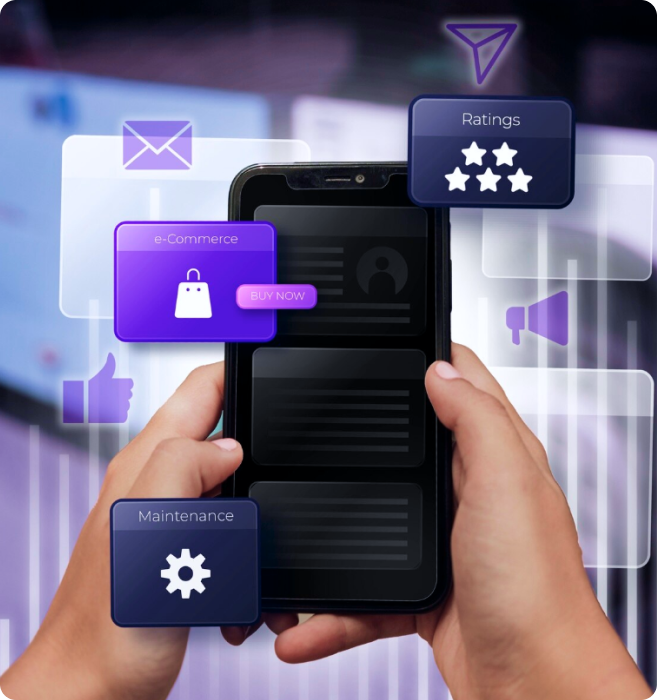Managing campaigns with a small team or as a one-person marketing department can feel like spinning plates in a storm. You’re writing copy, setting up segments, analyzing results, and launching across multiple channels. All while trying to stay creative, data-driven, and on time.
It’s no surprise that many marketers in lean teams feel stretched thin. But here’s the good news: with the right approach, small teams can run campaigns that rival the output of large departments.
The Challenge: One Team, Many Campaigns
Modern marketing isn’t about one campaign at a time. It’s acquisition, onboarding, retention, reactivation – sometimes all running in parallel. Add to that the need for consistency across email, SMS, push notifications, WhatsApp, in-app messages, and more, and the workload multiplies fast.
This is especially true in iGaming, trading, banking, and fintech, where campaigns need to balance personalisation, compliance, and timing across multiple journeys at once. Not to mention that users’ activity is also affected by external, market, and sports events. For a solo marketer or small crew, the question isn’t “How do we keep up?” but “How do we keep it manageable without losing impact?”

Multi-Tasking Without Burnout
The key is structure, automation, and AI. Lean teams thrive when they:
- Set clear goals for each campaign. Acquisition campaigns look very different from retention campaigns. Define the outcome first and build the journey backwards.
- Batch tasks and workflows. Instead of switching between channels all day, dedicate time blocks to copywriting in the morning, reporting in the afternoon
- Automate repetitive tasks. Manual triggers and manual reporting eat up time. Automation frees you to focus on strategy and creativity.
- Use AI for optimization. From predicting the best time to reach a user to refining targeting, testing creative variations or generating insights, AI makes campaign decisions faster and smarter. It allows small teams to work with the speed and precision of much larger ones.
- Prioritize channels that deliver. If your users respond best to push notifications and SMS, focus there before adding more complexity.
Wearing Multiple Hats
Campaign management in small teams often blurs job functions. One day you’re a data analyst, the next you’re a copywriter, and in between you’re managing user journeys. This flexibility can be exhausting, but it’s also a superpower.
In industries like iGaming, where player retention is everything, or trading and fintech, where timing can make or break a customer decision, agility is crucial. Small teams tend to be closer to the data, faster at making decisions, and more responsive when strategies need to pivot.

The Role of Technology
Even the most disciplined team needs tools to keep everything moving. Platforms that unify data, automate workflows, and trigger campaigns in real time are game changers for lean teams. Instead of jumping between five systems, everything happens in one place. Instead of reacting late, campaigns respond in seconds to user behavior.
That’s where solutions like Solitics come in. The platform was built with speed and simplicity in mind – connecting all customer data, automating journeys across channels, and making hyper-personalisation possible. For small teams, it means managing multiple campaigns at once without losing control or timing. It’s not just about doing more; it’s about doing smarter.





